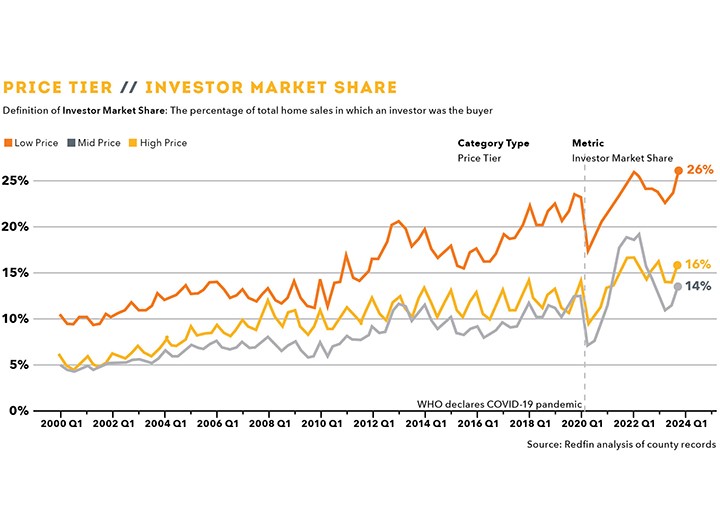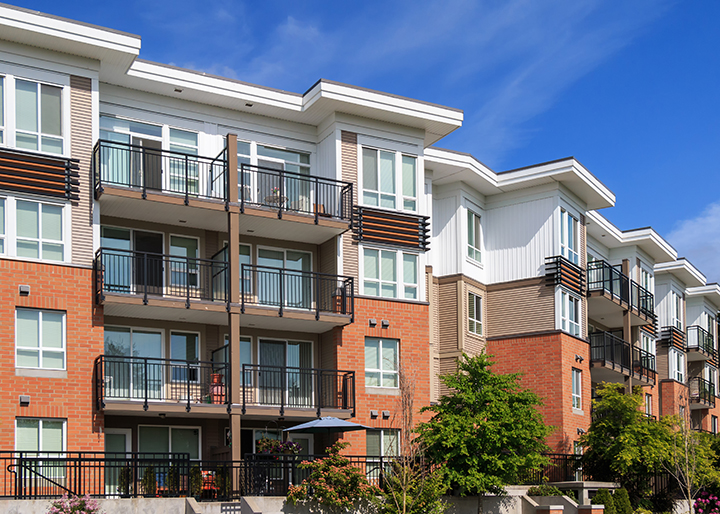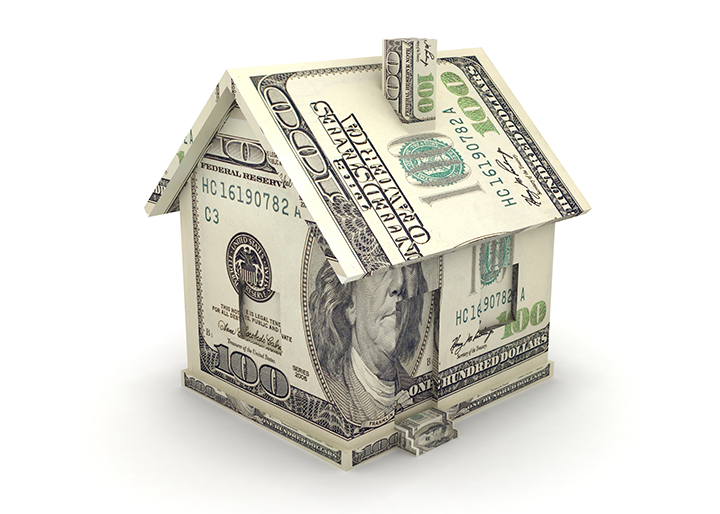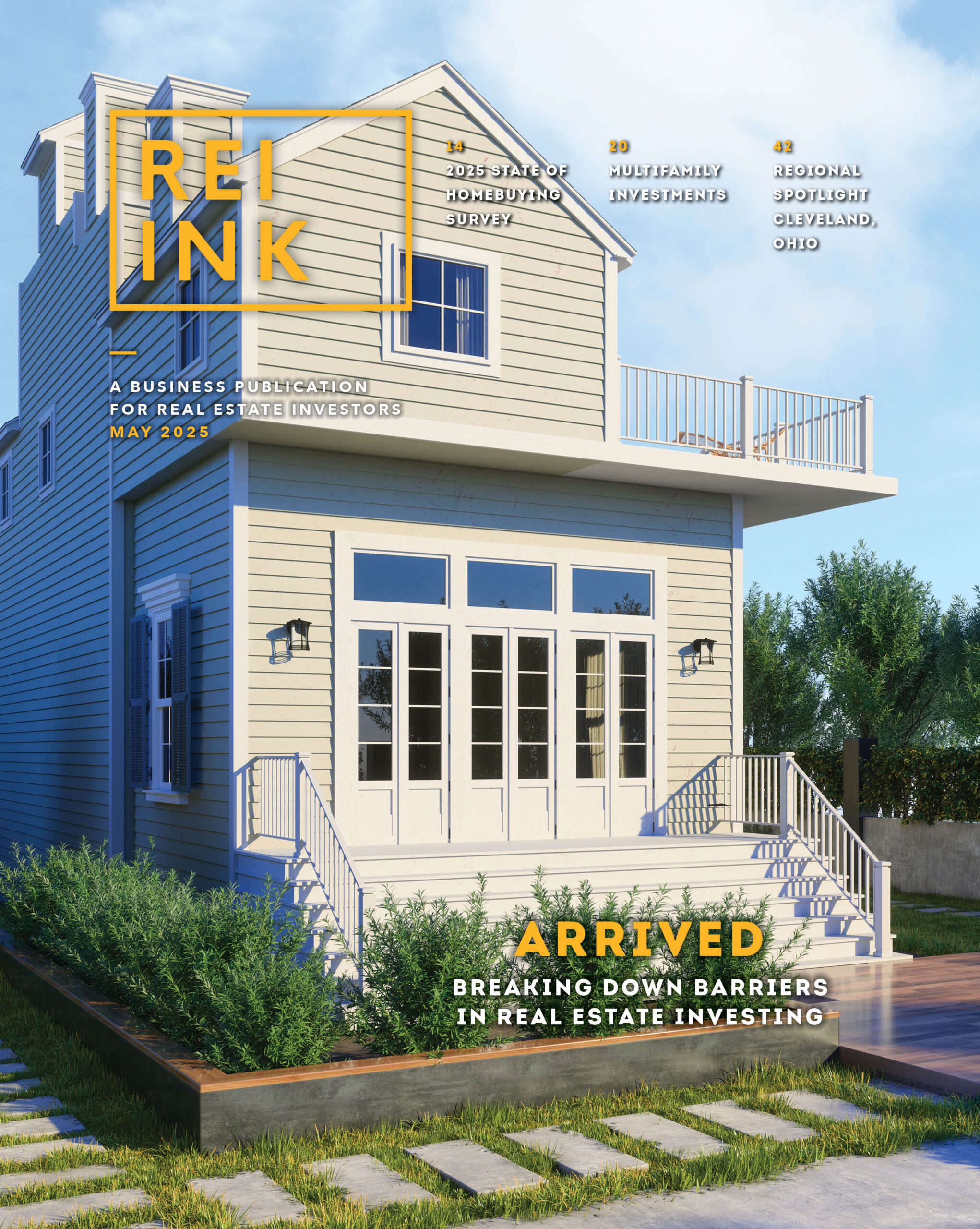The Housing Hunger Games
Why Speed Has Never Mattered More By Jason Simpson Anyone keeping a pulse on real estate can likely relate to the famous line from the movie Hunger Games, “May the odds be ever in your favor.” Never has this been truer than in today’s single-family rental (SFR) real estate investment market. As demand for affordable homes surges, investors and individuals alike face extraordinary economic conditions and unforeseen challenges in securing
Read More












